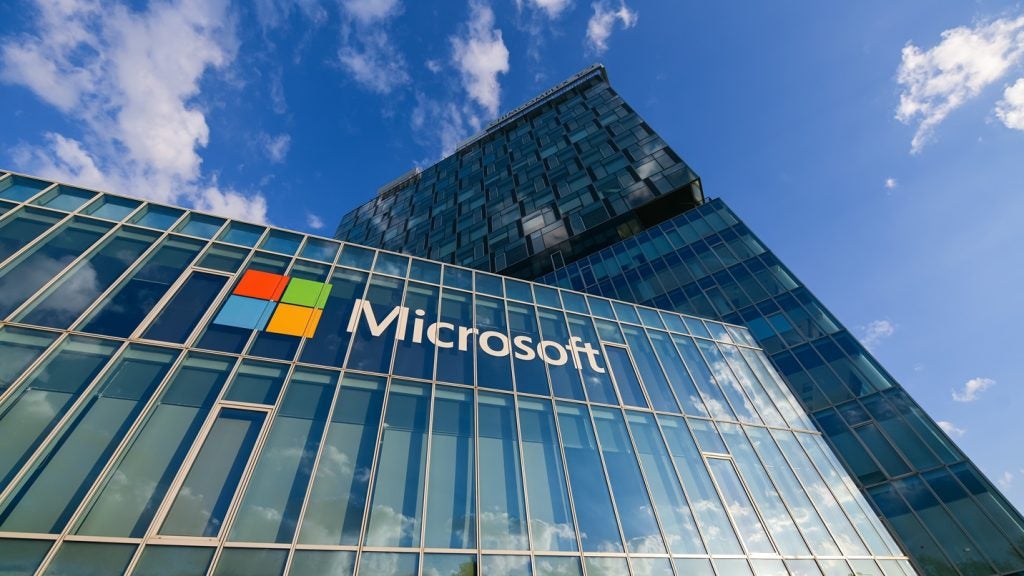Check Point Software Technologies has filed a patent for systems and methods that automatically mitigate potential network service attacks using machine learning. The technology collects operational data on resource utilization and operational factors of network services, detects degradation, applies trained machine learning models to identify negative operational factors of suspected connections, and temporarily disconnects those connections from the network service. GlobalData’s report on Check Point Software Technologies gives a 360-degree view of the company including its patenting strategy. Buy the report here.
According to GlobalData’s company profile on Check Point Software Technologies, IoT network security was a key innovation area identified from patents. Check Point Software Technologies's grant share as of September 2023 was 64%. Grant share is based on the ratio of number of grants to total number of patents.
Automatic mitigation of network service attacks using machine learning
A recently filed patent (Publication Number: US20230283619A1) describes a computer-implemented method for automatically mitigating potential network services attacks based on service usage patterns learned using Machine Learning (ML). The method involves collecting operational data related to resource utilization and operational factors of network services. By analyzing this data, the method can detect degradation of network services and identify negative operational factors that may be causing the degradation. The method then applies trained ML models to predict the impact of these operational factors on resource utilization. If a suspected connection is identified as inducing degradation, it can be temporarily disconnected from the network service.
The operational data used in the method includes application layer parameters (such as latency, response time, number of connections, and traffic volume), transport layer parameters (such as connection errors, connection abort events, and request response time), and resource utilization parameters (such as processor utilization, memory utilization, and network interface utilization). The operational factors considered include the type and protocol of the connection, origin and destination of packets, number of requests and responses per second, average delay between requests and responses, and traffic volume.
The ML models used in the method are trained using a supervised learning approach, with a training dataset comprising labeled operational data that correlates operational factors with resource utilization. The training data is captured during a predefined time period. Additionally, the ML models can be further trained online after deployment to identify potential negative operational factors that may induce service degradation.
The patent also describes a system for implementing this method. The system includes at least one processor that executes code to collect operational data, detect degradation, apply ML models, and disconnect suspected connections. The operational data, operational factors, and ML model training process are similar to those described in the method.
Overall, this patent presents a method and system for automatically mitigating potential network services attacks by leveraging ML and analyzing operational data. By identifying negative operational factors and disconnecting suspected connections, the method aims to prevent service degradation and improve network security.
To know more about GlobalData’s detailed insights on Check Point Software Technologies, buy the report here.
Data Insights
From

The gold standard of business intelligence.
Blending expert knowledge with cutting-edge technology, GlobalData’s unrivalled proprietary data will enable you to decode what’s happening in your market. You can make better informed decisions and gain a future-proof advantage over your competitors.







